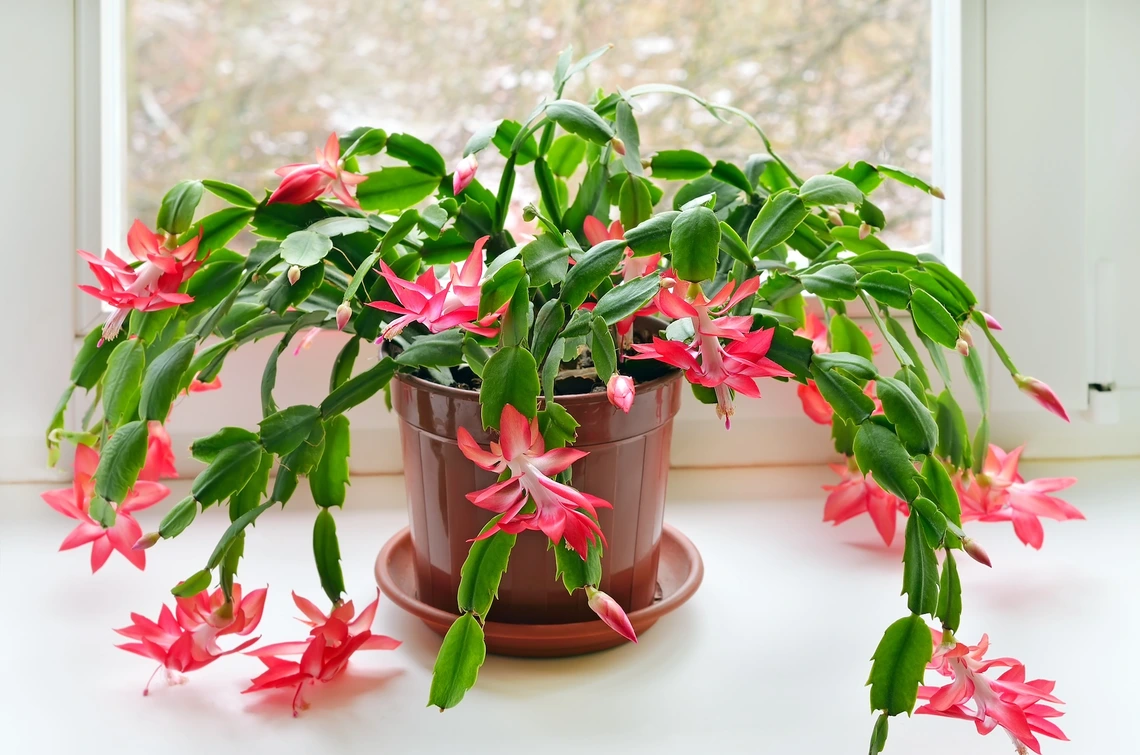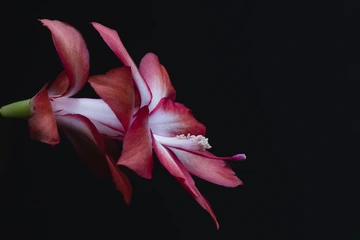Brighten Your Holidays With ... a Cactus?
Schlumbergera bridgesii, aka the Christmas cactus, has been a holiday gift tradition in the U.S and Europe for more than 100 years.

Adobe Stock
This Holiday season you may acquire – through your own efforts or the generous intentions of others – a Schlumbergera bridgesii, otherwise known as a Christmas cactus.
This exotic beauty and prolific bloomer has been a holiday gifting tradition in Europe and the U.S. for more than a century, since British botanists began breeding varieties for commercial sale in the 1860s. It is actually one of a few holiday cactuses you can find at nurseries including Easter cactus and Thanksgiving cactus, all of which can be brought into seasonal bloom which roughly coincide with their namesake holidays.

Adobe Stock
Originally from the rainforests of coastal Brazil, the Christmas cactus is distinct from the cactus we know and love from our arid southwest landscapes. For starters, the Christmas cactus is an epiphyte which means that it grows in the crooks and on the branches of trees in its native rainforest. It can survive in our desert soils, but does great in a pot with rich, well-drained potting mix. In fact it even likes being a bit cramped in a pot and only needs to be potted up to a larger container once every 2-3 years. It can be fairly long-lived too with reports ranging from 40-100 years. Their longevity can make them a great botanical heirlooms, gifted from one generation to another.
To ensure that your Christmas cactus is in full bloom during the holiday season, you should provide appropriate temperature and the light conditions, and get started about six to eight weeks before the holiday. The Christmas cactus prefers cooler temps (60-65 degrees) and requires short days (about 12-16 hours of darkness) to initiate blooming. If you have a cooler darker part of the house, you can relocate it there overnight, then move it for display during the day. Be sure to avoid drafts and ambient light – even your neighbor’s Christmas lights glowing through a nearby window can be disruptive.
Keep the soil moist but do not saturate or allow it to dry out between waterings. Watch for wrinkling or puckering along the flattened stems – which could indicate under or over watering. Abrupt changes in temperatures – due to cold or hot air coming from windows, fireplaces or heaters – can cause the plant to drop blossoms.
With some appreciation of this unique cactus’ origins and ecology your holidays will be a bit more tropical, colorful and festive, this year and perhaps many more.

